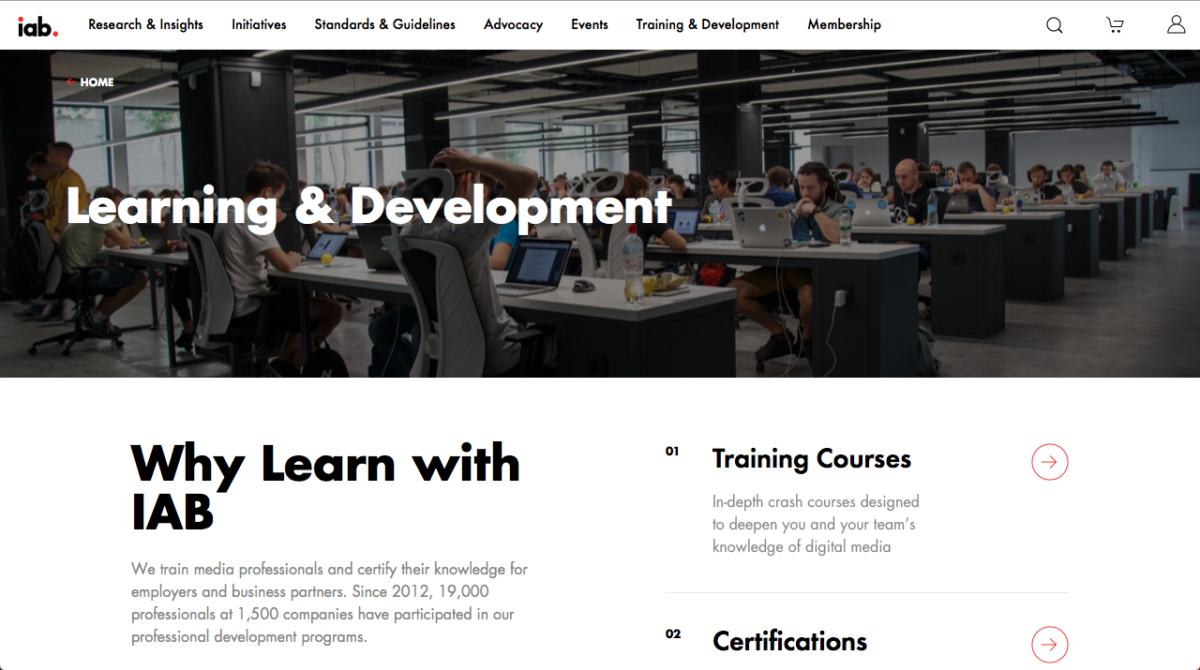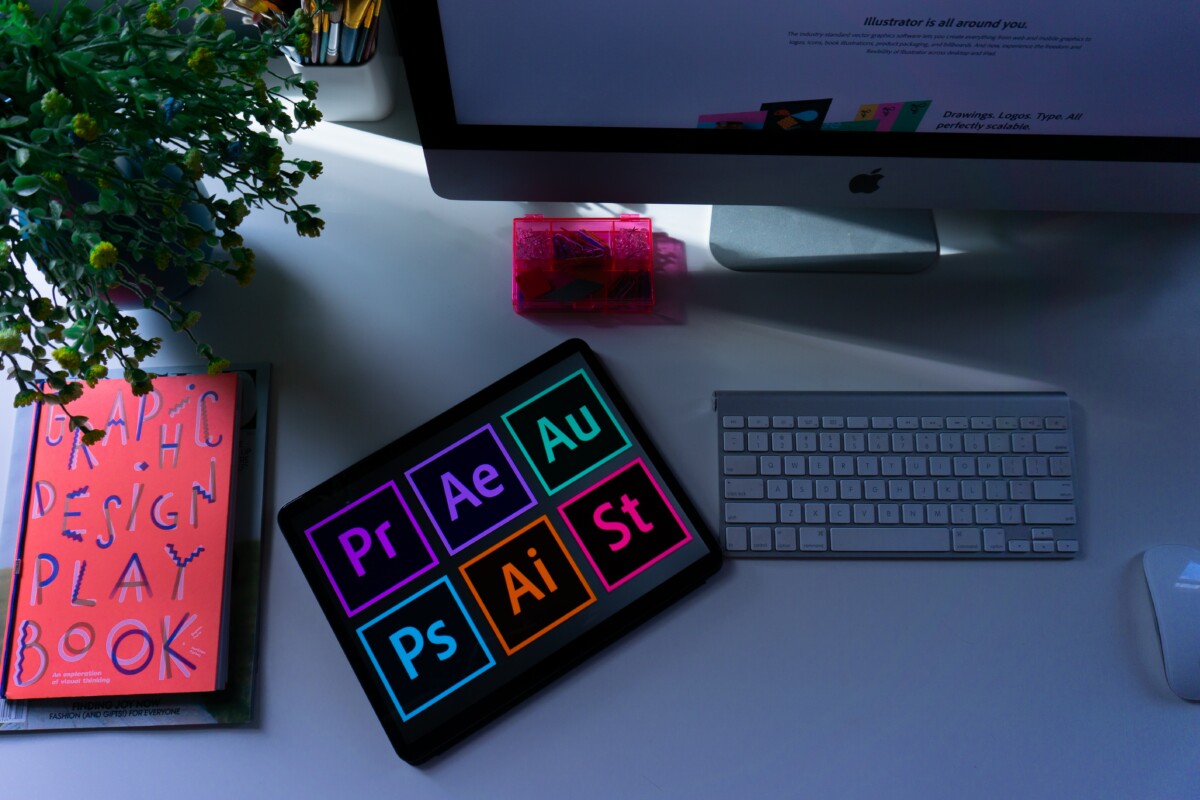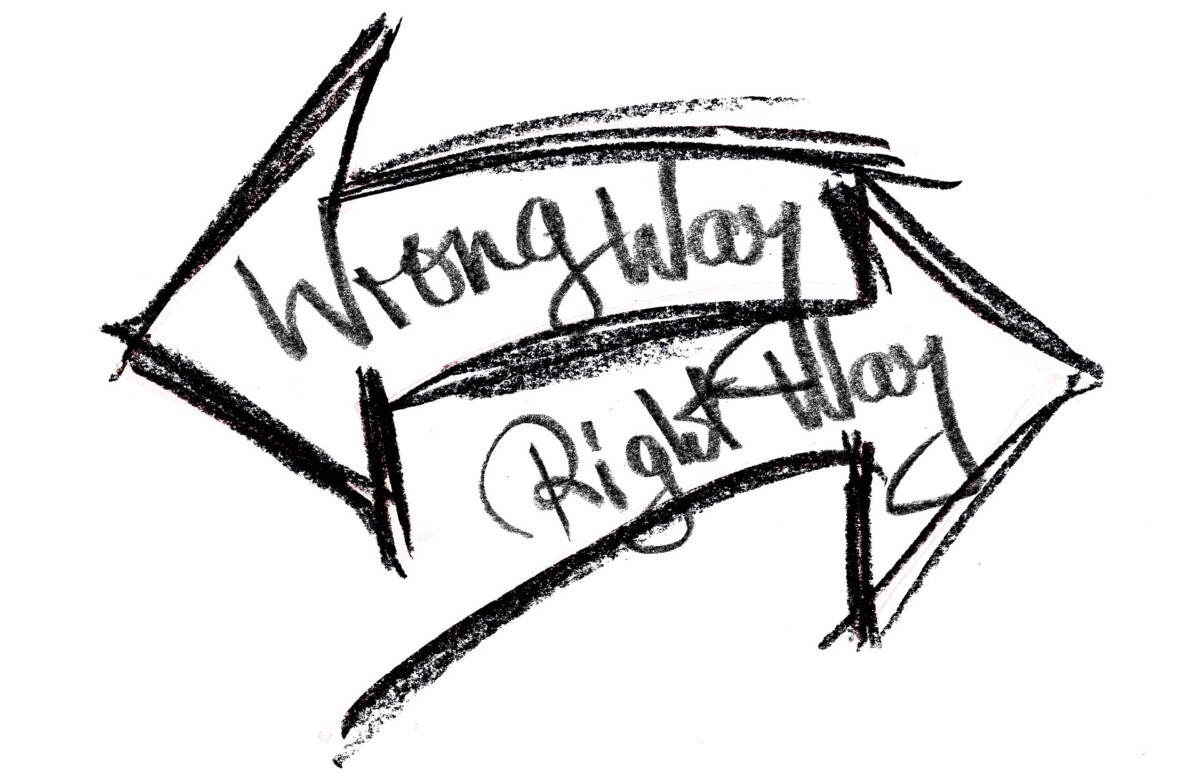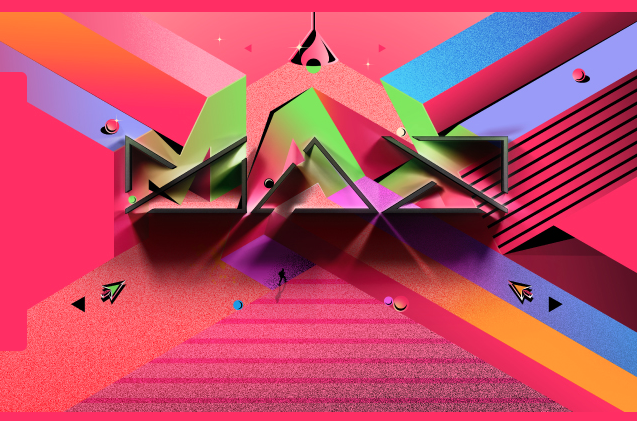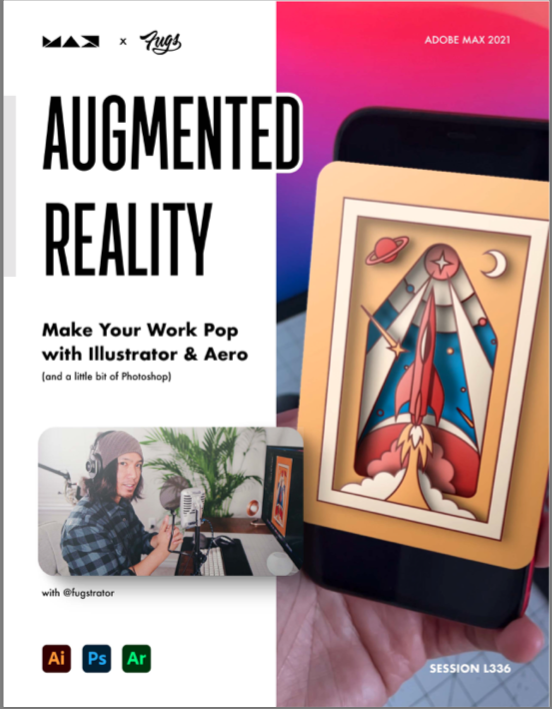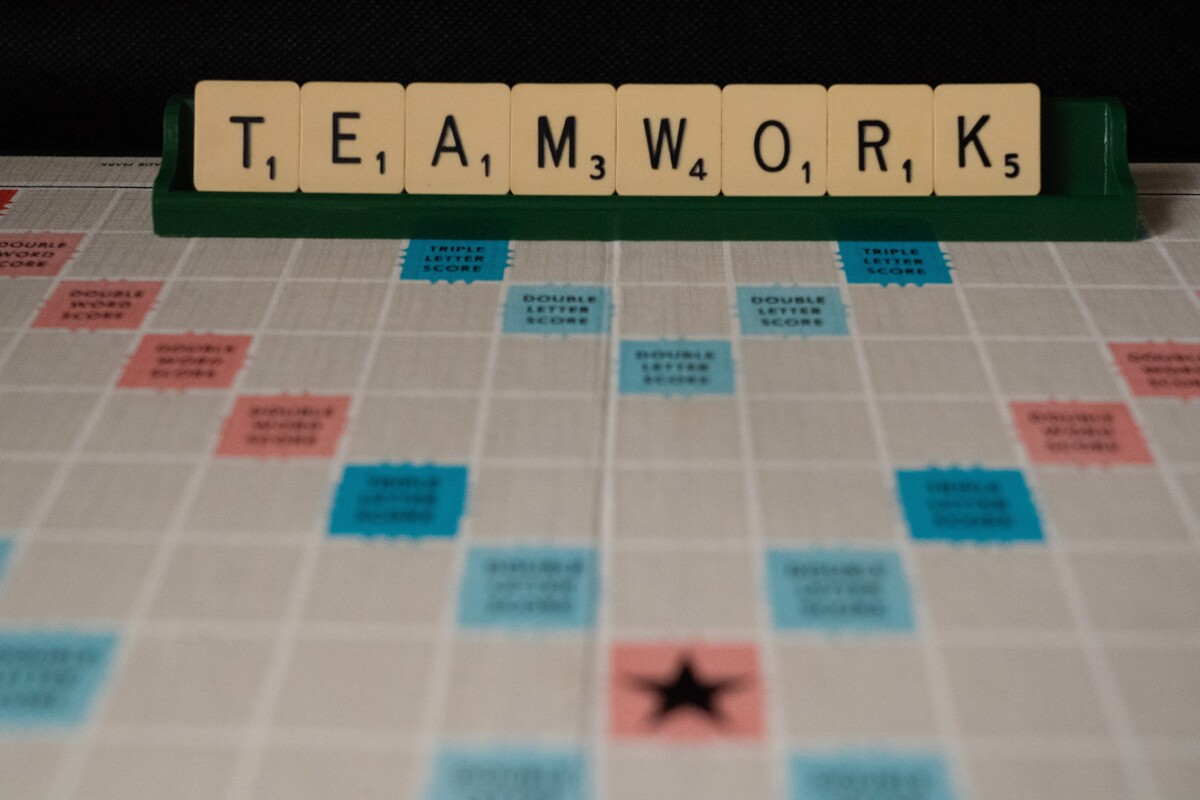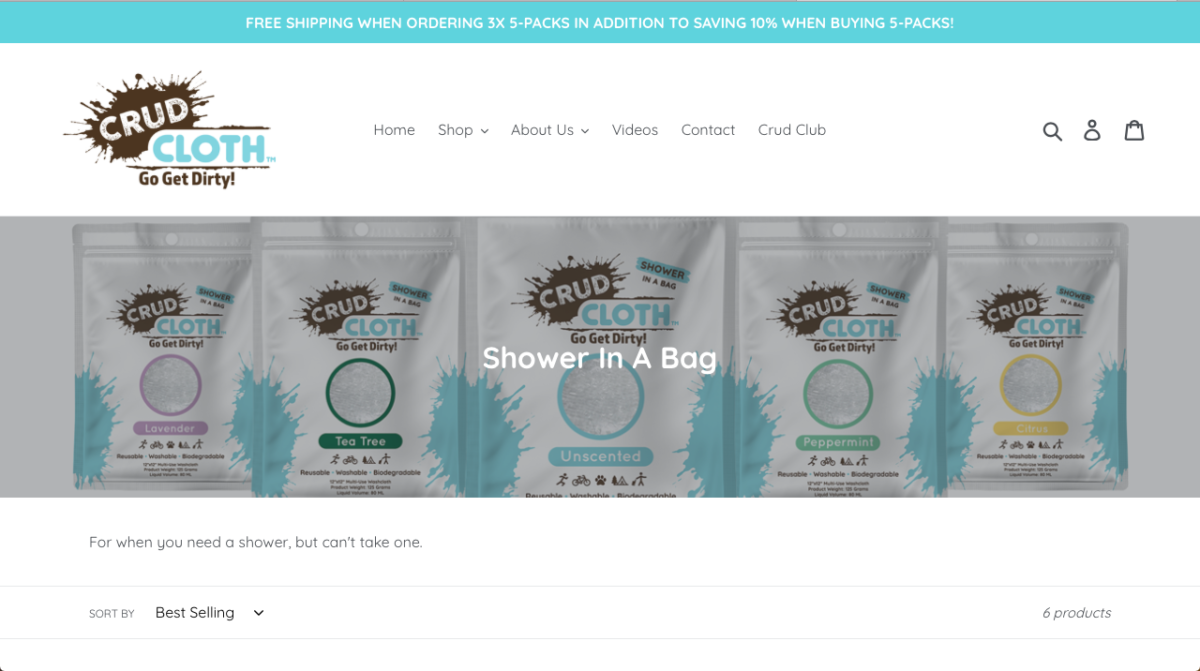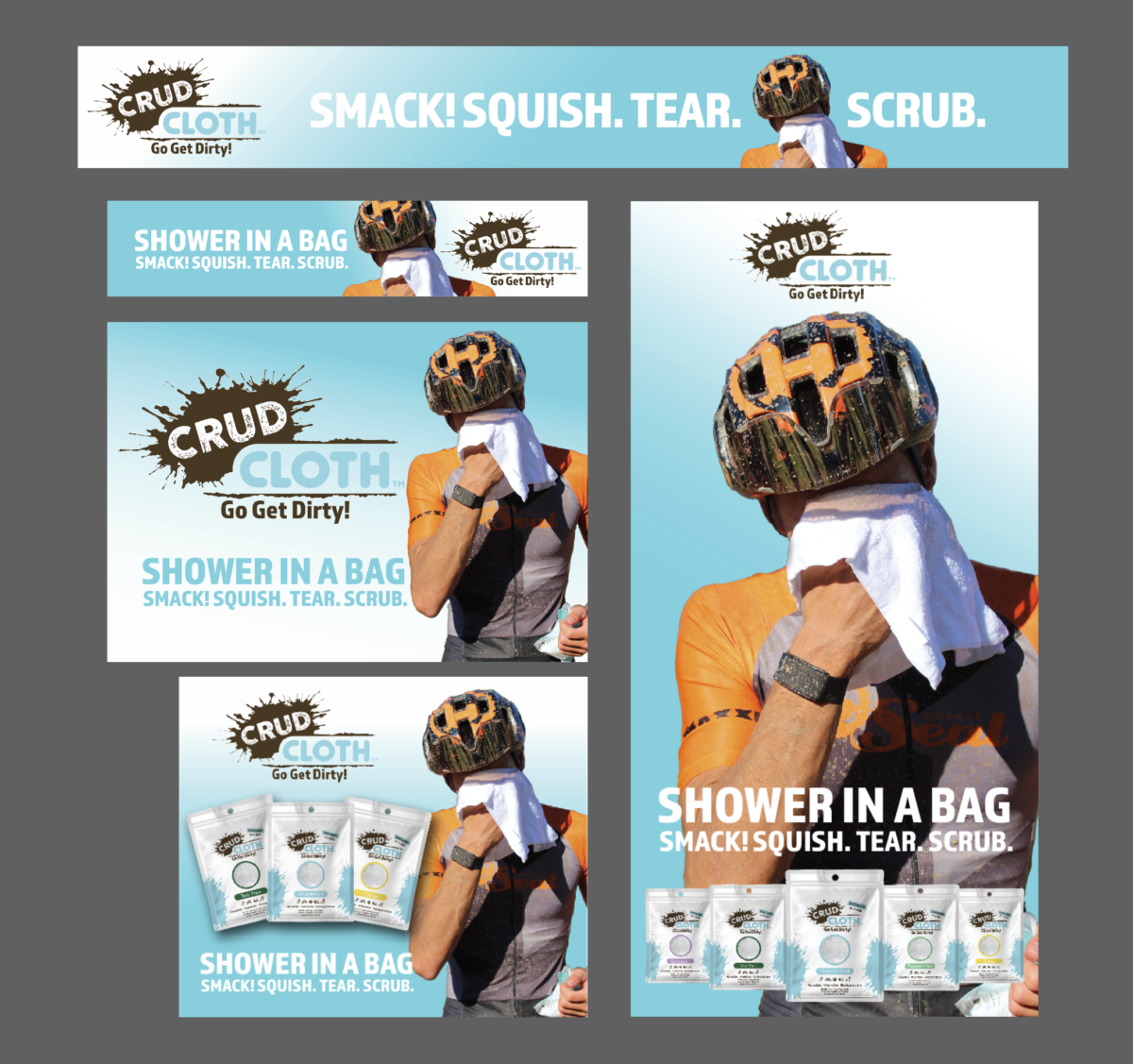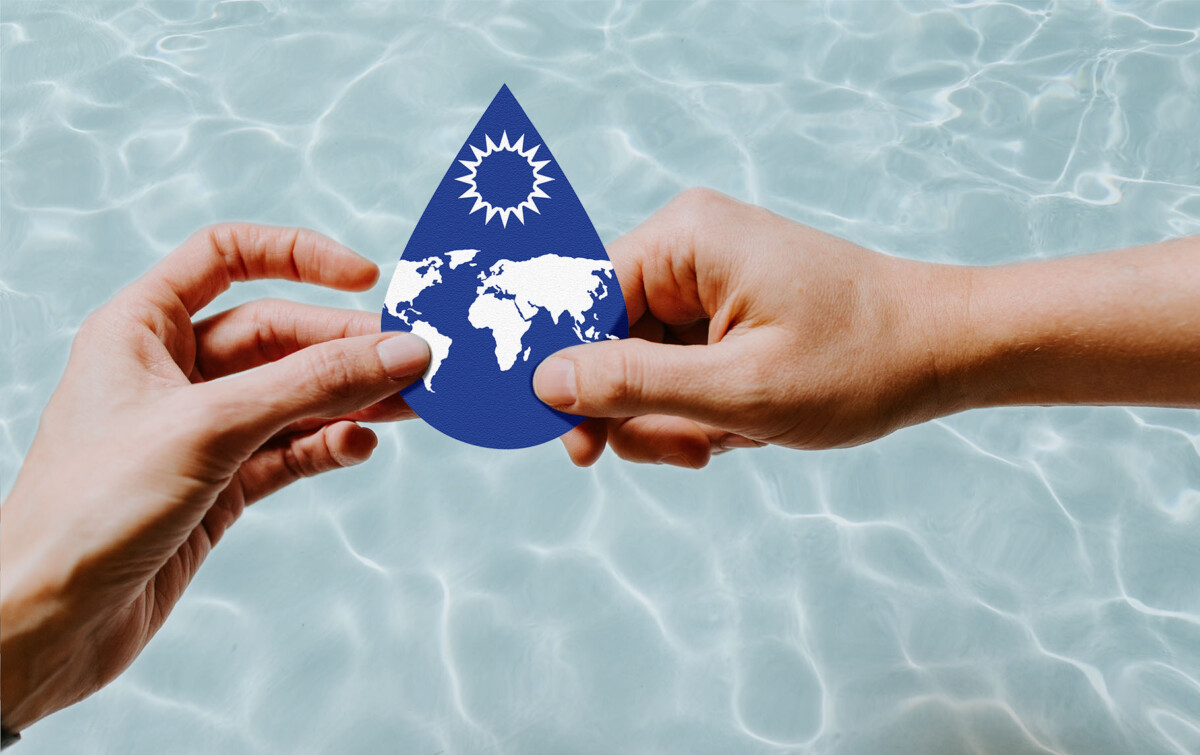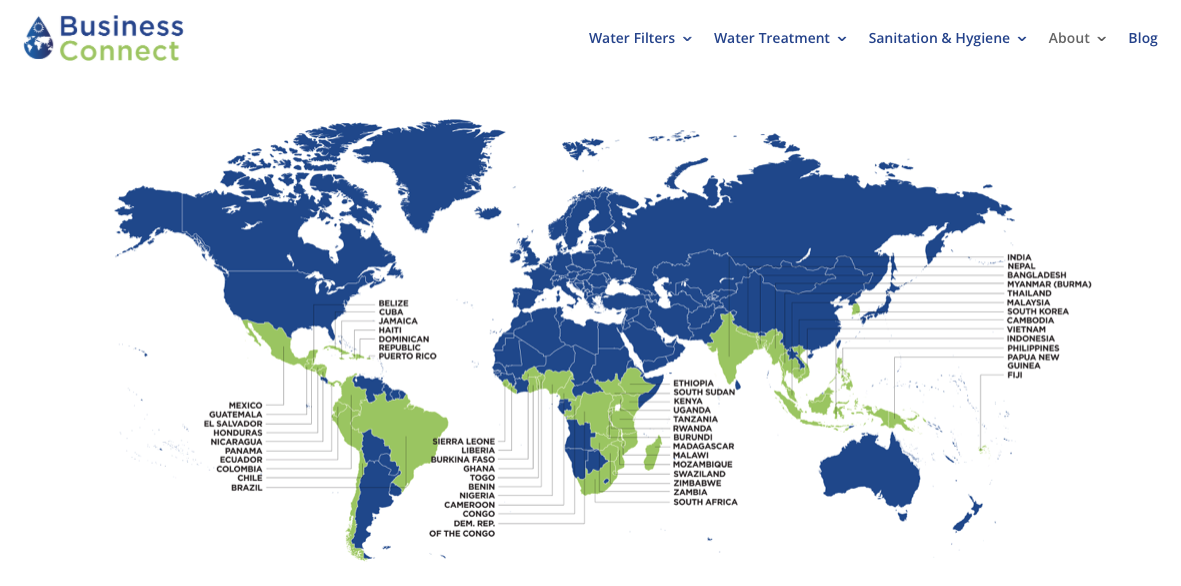Hello! Here is the recording for my internship presentation.
Author: Genesis Fernandez (Page 1 of 2)
In November, I attended a virtual event, Interactive Advertising Bureau (IAB). “IAB is committed to professional development and elevating the knowledge, skills, expertise, and diversity of the workforce across the industry.” The event was a Career Development Bootcamp hosted by Elyse Spalding and Karen Elders. In their presentation, a few of the key points were how to begin exploring career options, personal pitch, first impressions, finding direction, resume/cover letter, and organizing your search. Below I will briefly summarize two key points that helped me understand what I need to prepare for my career development.
How to Begin Exploring Career Options
Elyse explained that confirming your key strengths and motivations can be a great way to explore your career options. This can be done by assessment or by self-awareness. Get perspectives by having conversations with your friends and peers in the industry to understand the workforce. Also, be sure to read about the industry and attend events to further your knowledge and see where you begin to fit in the industry.
Personal Pitch and First Impressions
After you have decided on your choice of interest, you’ll want to create an elevator pitch. It will be a brief persuasive speech that will describe yourself professionally, mention your key strengths, skills, and what you are interested in doing. Pitches are helpful for industry events you attend and will likely change as you further develop your career. The speech should be consistent throughout your resume, cover letter, social media, etc. A practiced pitch will help you look prepared and professional.
Your pitch will also be a part of your first impression. “Your first impression = your best impression,” so when using your pitch, you want to make sure you keep eye contact, remain confident, expressions are brief and clear, you are taking pauses, and you are being natural. Again, practicing your pitch will help you with all of the above. And be sure to know your audience.
My Take of the Event
I appreciated that the presentation was informative and that the chat room was open for questions. I recognized another student from City Tech attending the event, which I then connected to on LinkedIn. This event gave me a different perspective on searching for a career. I have a resume and cover letter available, but I need to work on a personal pitch and practice being natural and making an impression. I’m undecided on which concentration I would like to focus on. However, the points discussed during the event will guide me to success.
Giving Credit Where Credit is Due
After briefly reading through AIGA’s Standard Form of Agreement for Design Services and The Design and Business Ethics handbook (linked here), it has refreshed my knowledge in ethical design practices. I learned that taking full credit for something you didn’t do is wrong at a young age. Now, pursuing a design career and being around colleagues have only emphasized the importance of good ethical behavior. Approaching the position of a designer in the field, I know the hard work and dedication throughout the design process and understand why following copyright guidelines help keep our community safe.
In the past, I have seen the works of my classmates and thought to myself, “Wow! That looks great. Why didn’t I think of that?” Instead of copying their designs, I have used them as inspiration. When doing collaborative work with classmates, I have made sure to give credit where credit is due. In one of my courses, the professor emphasized crediting photographers even if an image has been manipulated. If you can’t locate who took a photograph, state the photographer as unknown and get in contact for credit. Personally, I’ve been afraid to do freelance work because I don’t want to violate copyrights, and I don’t want mine violated either. The assigned readings give me a positive outlook on how I can protect my work and the work of others professionally.
The Fairey Copyright Hope Poster Case
In my opinion, it was settled fairly. However, Fairey should have been conscious about the image source, especially if looking through Google. For such a huge project, there should have been more in-depth research about the photograph to obtain permission to use Garcia’s photograph of Obama, which was not copyrighted or watermarked. Basically, the photograph Fairey got from google, which he used for reference, did not hold any boundaries. I say it was settled fairly because, in the end, it led to more people actually purchasing the fine print of Garcia’s Obama photograph. This serves to remind all creatives of the importance of ethical practices and that even the partial use of someone else’s material should be licensed and credited.
What Are Ethics?
From my understanding, ethics are behaviors that are considered good practice under different settings, for example, medical practices or business practice in general. Britannica’s definition of ethics – “ethics, also called moral philosophy, the discipline concerned with what is morally good and bad and morally right and wrong. The term is also applied to any system or theory of moral values or principles.” In sum, good ethics means behaving in a manner that is perceived as good. In the example of medical practices, having informed consent from the patient is considered good ethical behavior.
Ethics and Design
In design, having good ethical practices is important to prevent legal issues. It helps protect the integrity of your work and others. When a designer creates materials or designs, it is their property, and they own the copyrights to them. The original design cannot be copied, and if a license of use was purchased, the terms of use must be followed. It is wrong to copy or distribute someone else’s design or material and is considered an unethical practice that can be pursued in court. Sometimes designers allow the use of their designs as long as you give credit to the source. Material that can be copyrighted include but is not limited to fonts, photographs, graphic design, images created by using computers, and more. Designers should be aware of the ethical practices of copyrighted materials as it gives original designers full control of how their work can be used.
Ethical Practices at Business Connect
At the beginning of my internship at Business Connect, I discussed with the communication director if it was okay for me to blog about my experiences and showcase the work I designed for them in my portfolio. Michelle (communications director) expressed no concern; however, it was only a verbal agreement. One of my major concerns was my access to resources and materials the company would provide for me to work with. Luckily, Business Connect uses Flickr to organize their photographs, which their team members often take for company use. If the required images for a project were not available on their Flickr, I could use Unsplash (a royalty-free, high-quality image database). Business Connect also uses Google Drive folders to store their logos and other design materials. Access is only given to people who are a part of the team. In my work, Michelle asked me to make sure that logos unrelated to the company be avoided to prevent potential issues. Throughout my design work, the fonts used were under licensed parameters.
What is Adobe MAX?
Adobe MAX features live and on-demand content for creatives to access worldwide. Annually, there is an event where people worldwide come together and have a creativity conference. Adobe MAX 2021 occurred from October 26th – October 28th. After the events have occurred, most of the content will be available over the coming year on-demand, along with over 400 sessions, labs, keynotes, musical performances, and Adobe lab sneak peeks. Adobe Max is great because apart from being offered at no charge, on-demand sessions can be shared with anyone and easily accessed on mobile devices through the Adobe Creative Cloud Mobile App.
About The Webinar I Attended
On October 26th, I attended one of the Adobe MAX 2021 webinar sessions. The session’s name was Augmented Reality: Making Your Work Pop with Illustrator and Aero – L336. The speaker, Michael Fugoso, a Designer and Illustrator, discussed how he uses Adobe Aero in his artwork to bring his 2-D illustrations to life. You can see his style of work here on his Instagram. He walked us through how he uses his sketch on Illustrator, how to save it for Photoshop, how to use layers to add shadows/highlights in photoshop, then finally, how to open it in Aero and make it pop. In this session, I learned how layers were used in Illustrator, Photoshop, and Aero. You layer them in the order you want them to pop; the same goes for the shadows/highlights. Then, when you bring it to Aero, you can adjust the angle and depth of the artwork and set the image file that should be recognized for the illustration to pop up. I enjoyed this webinar and plan on applying what I learned here on my projects soon. Michael did a great job at explaining each step and providing a simple workbook with the instructions. All of which can be found on the Adobe MAX website.
About the Speaker – Michael Fugoso
Originally from San Diego, Fugoso is an Illustrator and Designer functioning in Austin, Texas. He does illustrative work for large aerospace companies like NASA, Boeing, Blue Origin, and more. He’s also done work for major companies like Adobe, IBM, and Volvo, to name a few. Fugoso considered his life normal, attending business school and working as a banker until age 29. At 30 years old, he discovered his true passion in the arts of illustrating.
Business Connect sells a variety of water filtration products. Because the holidays are coming up, Michelle organized a team meeting for October 20th to discuss the campaigns leading to the holiday sales and our responsibilities for the next few weeks. She did it by sending out a survey via email for the team members to mark our availability for the meeting. Our team meeting consisted of interns and employees responsible for social media and content creation. The purpose of the meeting was to discuss how we will all collaborate and use our unique skillsets and introduce the campaign goals and roles.
The Campaigns
Our task is to collaborate and design social media posts and content for Business Connect, Crud Cloth, and Connect for Water. We decided to use Canva to collaborate for the Instagram and Facebook feed because it allowed us easy access to keep the design cohesive and leave comments. The other graphic design intern also shared an adobe library with design elements for Michelle and me to access. To summarize, the purpose of the campaigns is to build brand awareness, build trust, grow the audience, and eventually drive sales.
Organization
At the very beginning, it felt a bit confusing as to how we were going to collaborate. However, Michelle did a fantastic job breaking it down and organizing a google spreadsheet with all the information we needed. The list of all the campaigns, deadlines, tasks for each person, a campaign calendar, and more insights are on the sheet for everyone to access. From here, we can see who has a specific task and see the work they have done, along with links to where the work is in use.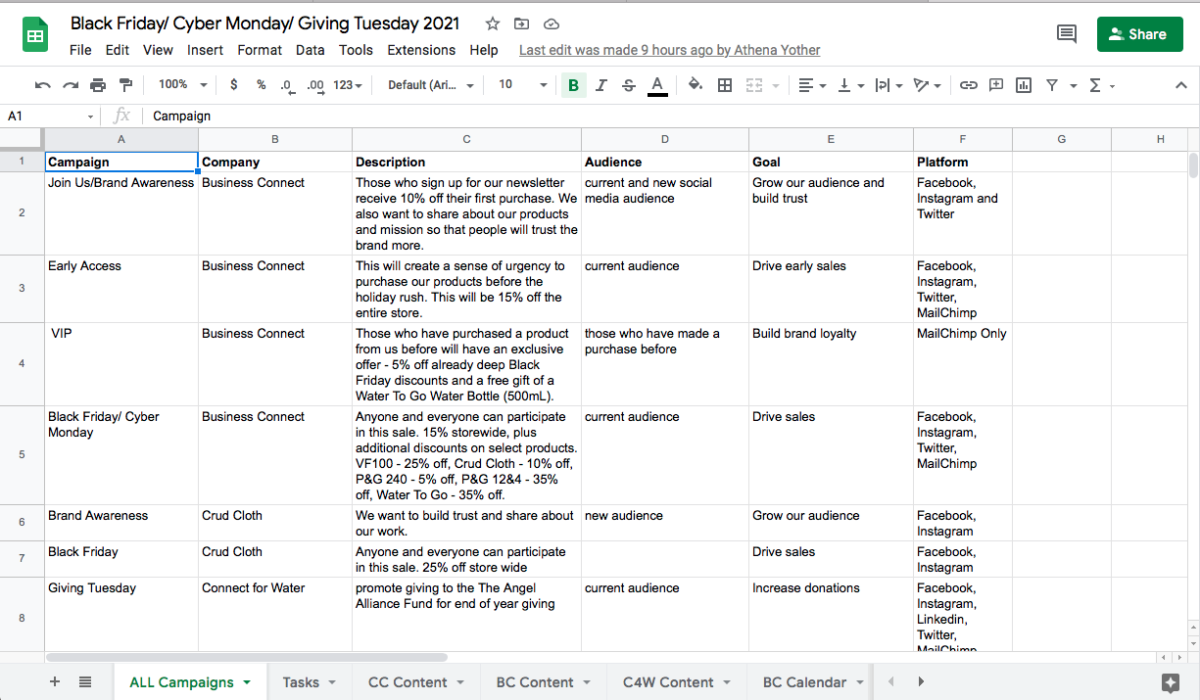
Team Communication
Apart from the google spreadsheets Michelle organized, she also created a What’s App group chat with the team members. On the chat, we could ask questions, give feedback, or send necessary files to each other. Although the group chat was not as active, we collaborated well from the google spreadsheet. I was honestly impressed by the organization and the results of the teamwork.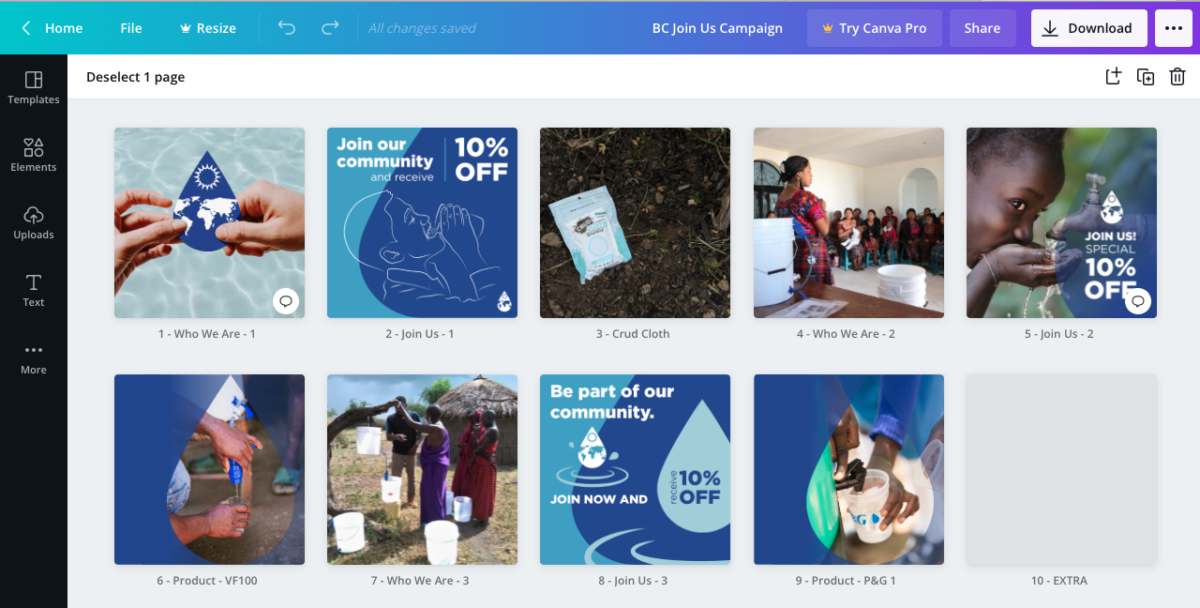
Before getting my first assignment from Business Connect, I had a one-on-one meeting with Michelle (Communications Director). We spoke about Crud Cloth, a small company that Michelle helps manage its media and website. Crud Cloth sells a packaged towel with a cleanser in a variety of essential oils. It is considered a “shower in a bag.” The towel is used for cleaning up after getting dirty. My first assignment was to design Crud Cloth ads for the Vital MTB website (Mountain Bikes).
Being a little bit confused, I repeated the information I understood to ensure we were on the same page. My role included designing ads for Crud Cloth. To specify the necessary sizes and file formats, I used the Vital MTB Media Kit. Michelle provided me with a Google Drive folder that included Crud Cloth’s Brand Guide and product images for content. She also allowed access to Business Connect’s Flickr account, which had more pictures of Crud Cloth in use.
With a deadline of September 30th, I quickly began the assignment by setting up a folder in my drive and creating illustrator documents per the sizing specs in the media kit. I then installed the fonts listed in the Crud Cloth brand guide and downloaded its logo and product image files. In illustrator, I created a library with the brand colors, logo, and elements to have easy access across files and Adobe Programs. For inspiration on the design for the ads, I looked at what was already on the Vital MTB website.
With an idea in mind, I then went through the pictures in Flickr and selected a few to begin my work. I opened the image in photoshop and removed logos and text that are not part of Crud Cloth, removed the background, and adjusted some colors. Then, I brought the image into illustrator and designed the ads below. Michelle and I were satisfied with how my first assignment turned out, even though it exceeded the desired deadline.
Business Connect
During the last week of September, I began interning for Business Connect, which branches out as two organizations, Business Connect and Connect for Water. Founded in 2010 by Lou Havemen, they are “committed to providing citizens living in developing countries with affordable and easy access to essential resources, such as water and light, to strengthen education, health and economic growth opportunities within the communities it serves.”
Business Connect
Business Connect is a low-profit, limited liability corporation (LC3) and has an international audience. Their mission is “to provide citizens living in the
global south with affordable and easy access to clean water, through the creation of a sustainable local business model.” The people at Business Connect collaborate internationally to provide water treatment products for sale. In doing so, people in the global south will have a business that generates an income and simultaneously provide locals with clean water. Having clean water in these regions is essential to prevent sickness.
Connect for Water
Connect for water is a non-profit organization with an audience in the US and Canada. Their mission is to spread national awareness of the global water crisis and provide opportunities to donate through water sponsorship, Angel Alliance Fund, and Championed Projects.
Below you will see a map with all the countries Business Connect has not only impacted but partnered with in hopes to see a personal and economic impact on a global scale.
Graphic Design Intern Responsibilities
As a graphic design intern at Business Connect, I was responsible for designing graphics for digital marketing campaigns for water filtration systems and hygiene products. Support international distributors with marketing materials. Design web advertisements and “plus” content on products. Collaborate with team members and other interns. I also attend virtual meetings with the Communications Director and with the Business Connect team.
On September 23, 2021, I attended a networking event by AGIA. This event was hosted by Xiomara and her guest speaker Genaro Solis Rivero. The name of this event was The Intersection of Teaching and Design, a webinar where Genaro spoke and demonstrated how he teaches communication design at Texas State University.
Genaro has been teaching graphic design at Texas State University since the Fall of 2018. His teaching approach to graphic design – teach the students as if he’s running a design studio or advertising agency. The students are set for success by learning about the design process, theory, briefs, trademarks, and expanding deliverables into a complete system. His courses are taught as a continuation of the previous one, so in the end, the students have a solid brand identity for their portfolios. Throughout the presentation, Genaro showed us some projects completed by his students.
The host of this webinar had the microphone and camera options turned off for attendees, but the chat was opened, and a link for asking questions was provided. I could not connect with the attendees for the meeting because it was kept private, so instead, I chose to connect with the host Xiomara and Genaro on Linkedin. My takeaways from this event were that it is essential to show your process, not get too attached to your work, keep moving forward, and embrace failure. I believe there was an intention for a follow-up email with the webinar recording, but I have not received one yet.
Genaro is a Master Ideator for Legacy79, where “building great brands is about emotional appeal.” Legacy79 has provided service for H.E.B, Hyatt, Methodist Health Ministries, Rackspace, Xpel, and many more. Since being in the industry, he mentioned being too involved with teaching and working at the agency has cost him time away from side projects.
After I finished designing my resume and portfolio, it was time to search for internship opportunities. The COMD Communications Design Internship Coordination Site is a good start for City Tech students to begin their process. There you can find resources to help you write a resume and set up a portfolio. You will also find a list of internship opportunities and other websites that will help maximize your search.
For my internship search, I used a few of the links on the site, but I felt comfortable with using indeed.com because I already had my information registered. It made it easier to apply to multiple internships because my resume and cover letter were already there, even the assessment answers. I would also get emails with new openings related to my search – graphic design intern, remote. Besides indeed, I also used LinkedIn, Chegg, and Way-up and reached out to a web developer relative. Some providers that responded were requesting interns to do an assignment to test design capabilities.
One mistake I committed while waiting for a response was not checking my spam/junk mailbox. I had received two interview offers, but it was too late by the time I realized it. I still replied, thanking them for the opportunity, and asked if it was still available, even though I knew it wasn’t. After that, I made sure I checked my spam mail first.
I tried not to panic through this process because I know we live in a world full of opportunities. I made sure to apply to multiple internships daily, where I felt I was a good fit. One of the last parts of this process is waiting for responses and being one step ahead by practicing and preparing for the interview. I prepared myself by writing down possible answers to interview questions and questions for the interviewer.
By the following week, the Communications Director for Business Connect reached out to me for an interview. I made sure to visit the company’s website and learn about them beforehand. During the interview, I was asked about my strength and weakness. For weakness, my response was that “I don’t know how to say no and ask for help.” One of the questions I prepared for the interviewer was, “what are some of the challenges others in this position have faced?” The response – a challenge that people in the past have faced is being open-minded.
After the interview was complete, I was notified that I was selected for the internship the following day. The next step was meeting with the CEO of Business Connect and an onboarding group meeting with the other interns, where we introduced each other and learned more about Business Connect and what they do.
